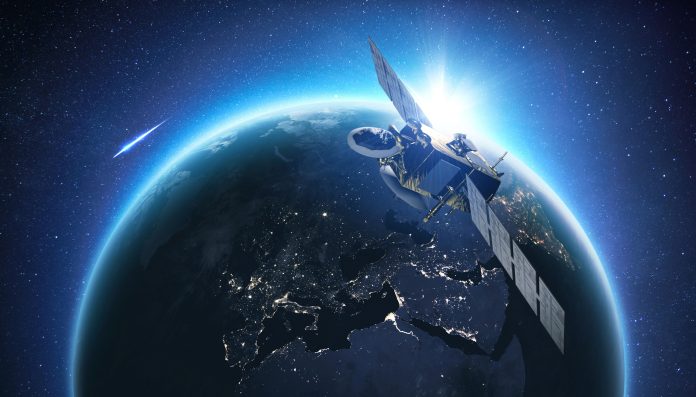In a continued push to tackle environmental challenges through space technology, the European Union has successfully launched the Copernicus Sentinel-5A satellite into orbit
This latest addition to the Copernicus Earth observation program lifted off aboard an Ariane 62 rocket from Europe’s Spaceport in Kourou, French Guiana, at 02:37 am CEST Wednesday, 13 August. The satellite confirmed successful deployment by sending its first signal to Earth at 4:47 am.
The launch follows last month’s successful deployment of Copernicus Sentinel-4A and marks a significant step forward in the EU’s mission to monitor air quality and atmospheric emissions globally.
Monitoring air quality from space
The Sentinel-5A satellite is designed to collect detailed data on atmospheric pollutants and trace gases. Once fully calibrated, it will orbit the Earth every 100 minutes at an altitude of around 800 kilometers in a sun-synchronous orbit. This allows the satellite to deliver consistent and global coverage of air quality data each day.
Data collected by Sentinel-5A will include measurements of nitrogen dioxide, ozone, methane, carbon monoxide, and other harmful gases. These insights will directly support the EU’s environmental initiatives, including the Methane Strategy, the Ambient Air Quality Directive, and the Zero Pollution Action Plan.
Strengthening the copernicus program
Sentinel-5A is part of a bigger atmospheric monitoring strategy within the Copernicus program. It complements the Sentinel-4 satellite, which is in geostationary orbit, and the upcoming CO2 Monitoring Mission (CO2M), forming a trio of powerful tools for air and climate monitoring.
This extensive satellite network ensures that the EU has some of the most advanced observational capabilities in the world in atmospheric research. The data provided by these missions not only supports policymaking but also aids scientific research, emergency response, and public awareness of environmental conditions.
The Sentinel-5A mission is a result of close collaboration between several European partners, including the European Space Agency (ESA), the European Organisation for the Exploitation of Meteorological Satellites (EUMETSAT), and Arianespace. The mission also benefits from the continued investment and strategic oversight of the European Commission, which leads the Copernicus program.
The use of the Ariane 62 launch vehicle also shows Europe’s growing capability in independent access to space. This latest success cements the EU’s status not only as a leader in Earth observation but also as a space power with advanced satellite deployment and data infrastructure.
With Sentinel-5A now in orbit, the EU takes another huge step toward building a more sustainable and climate-conscious future. The satellite’s high-resolution data will empower policymakers, researchers, and environmental agencies around the world to make informed decisions aimed at reducing pollution and protecting public health.
As the Copernicus program continues to expand, Europe strengthens its position at the forefront of using space-based technologies for global environmental monitoring and action.











